The Wilderness Reluctance of the National Park Service
The slow, incomplete protection of national park wilderness
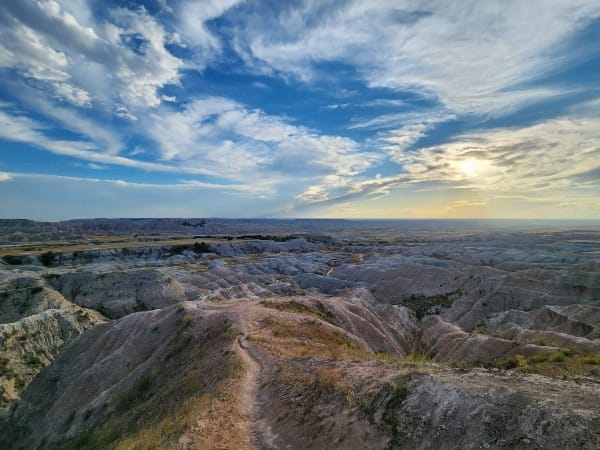
Most visitors to American national parks view them as the finest remaining examples of wilderness. This assumption is sensible.
In the Organic Act of 1916 that created the National Park Service, Congress instructed the agency to "conserve the scenery and the natural and historic objects and the wild life therein . . . as will leave them unimpaired for the enjoyment of future generations" (added emphasis). This seems about as clear a message as possible about preserving wilderness.
So it might come as at least a mild surprise to learn that during the campaign to pass the Wilderness Act, the Park Service offered opposition, obstruction, and, only later, lukewarm support.
And once it became law in 1964, the agency acted with no haste whatsoever.
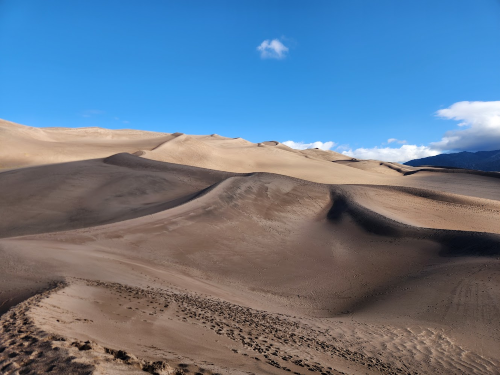
How might we understand the agency, which saw itself as the premier wilderness protector, in this paradoxical position? What are the implications?
For decades, the National Park Service asserted that most of the parks were wild. Anywhere the agency hadn't constructed a road or allowed a hotel to be built constituted wilderness. Most NPS leaders assumed the Organic Act offered sufficient protection of wilderness values.
The everywhere-but-here definition of park wilderness lacked specificity, standards, and enforcement mechanisms, but it preserved the NPS' prerogatives. However, that tack proved unsustainable once a true wilderness movement emerged in the 1950s that focused on passing what became the Wilderness Act.
The Wilderness Society executive secretary Howard Zahniser defined wilderness in the law:
A wilderness, in contrast with those areas where man and his works dominate the landscape, is hereby recognized as an area where the earth and its community of life are untrammeled by man, where man himself is a visitor who does not remain.
It prohibited motorized vehicles, most commercial activities, permanent roads, and the like.

Simultaneous with the campaign to pass the wilderness bill, the Park Service was involved in a massive development project called Mission 66, an enterprise with a $1 billion price tag that resulted in more than a thousand miles of new roads, along with new trails, parking areas, campgrounds, buildings, and more. Initiated to celebrate the agency's 50th birthday in 1966 and following decades of depression and war that left the parks worse for wear, Mission 66 aimed to modernize the parks for a public eager to visit with ease.
Although they wanted the public to appreciate the parks, wilderness proponents were alarmed by Mission 66. The development threatened to undermine wilderness values. But the Park Service believed its approach enhanced wilderness by providing access to it. It even deployed euphemisms like "motor nature trails" instead of "road" in a clumsy attempt to disguise the transformation of the wild.
Park Service leaders, like Lon Garrison, a longtime ranger serving as the chief of conservation and protection, felt they were already managing for wilderness. To Garrison and others like him, the proposed Wilderness Act was redundant.

Zahniser declared unequivocally that national parks and monuments needed to be included in the National Wilderness Preservation System to make their backcountry secure. "Existing legislation does not insure the preservation of areas within the parks and monuments as wilderness," Zahniser wrote. "There is nothing in our legislation now to protect future administrators from mounting pressure to use more and more of the back country for developments that would destroy them as wilderness."
Once the Wilderness Act passed, the agency lost its unfettered freedom to define, loosely, "wilderness" and manage it as administrators pleased. The wilderness movement felt the greatest urgency around threats from the US Forest Service, but the Park Service's Mission 66 demonstrated that parks' wilderness also faced jeopardy.
During the decade-long campaign, the Park Service became less hostile to the law but never an enthusiastic supporter. One part of the Wilderness Act required the agency to spend the next decade reviewing its roadless areas for possible inclusion in the system. This next stage found the NPS still not embracing wilderness.
The process, which to be fair the NPS had to invent and implement within a decade, proved hesitant and reluctant. Its first recommendations offered small acreages for wilderness. Citizens knew the potential wilderness well and in public hearings asked for larger areas protected.
The difference could be large. At Lassen Volcanic National Park, for example, the Park Service recommended 48,587 acres as wilderness, while activists asked for 101,000. Not far away at Lava Beds National Monument, the agency asked for 8,792 acres out of 46,238, while the wilderness advocates asked for 37,000. In the first five park units reviewed, the agency and the public matched recommendations only once.
During the revision process, wilderness acreage expanded because of public pressure. This trend continued throughout the review period.
That is not the end of the story of wilderness in the parks. In the late 1970s and after, the NPS had to devise management plans and address all the new parks and wilderness in Alaska. New units were added to the park system.
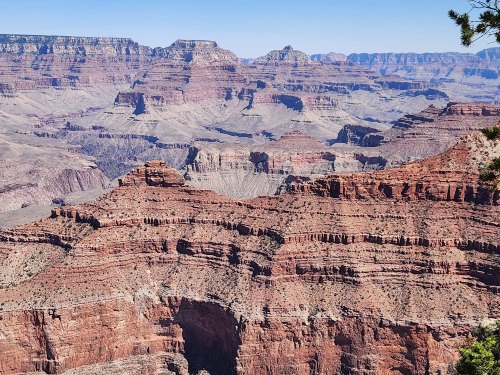
Today, in rough numbers, a little more than half the land in national parks are designated wilderness, including a bit more than one-third outside Alaska. All those areas are securely protected by acts of Congress. However, some of the most popular parks contain not a single acre of designated wilderness. Parks like Glacier, Grand Canyon, and Yellowstone are largely managed as wilderness but have no established wilderness. Almost 30% of the parks' acreage is managed as wilderness but not designated as such, a rickety foundation for permanence.
Those in the forefront of the wilderness movement, like Zahniser, understood that wilderness protected by Congress would be more permanent than actions done by administrators alone. A sizable part of the parks are more vulnerable than we normally realize, because it remains protected by rules, not law. Part of the reason is the legacy of NPS reluctance during the mid-20th century.
In that 1916 Organic Act, the Park Service was ordered to protect parks to ensure they'd be unimpaired for future generations. The Wilderness Act provided another, more powerful tool to do just that with its promise to protect wilderness "for the permanent good of the whole people."
Its implementation has been incomplete. At a time when public land protections are breaking down, the wisdom of Zahniser seems wiser and the NPS' hesitance seems to have built a precarious situation.
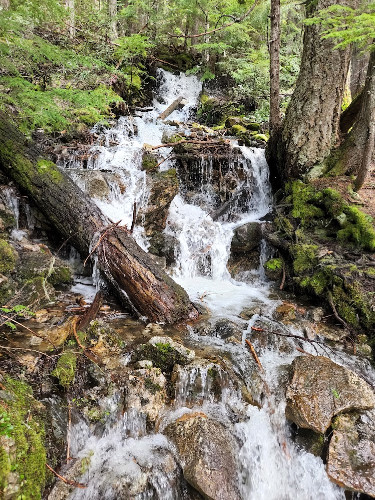
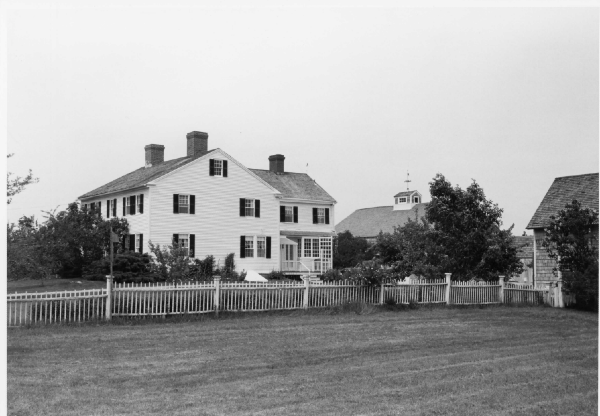
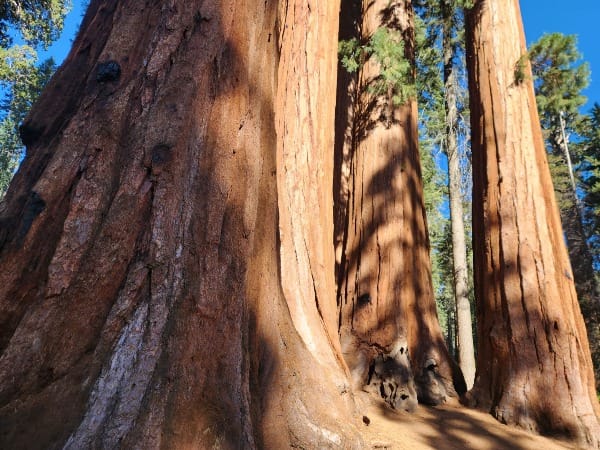

Comments ()